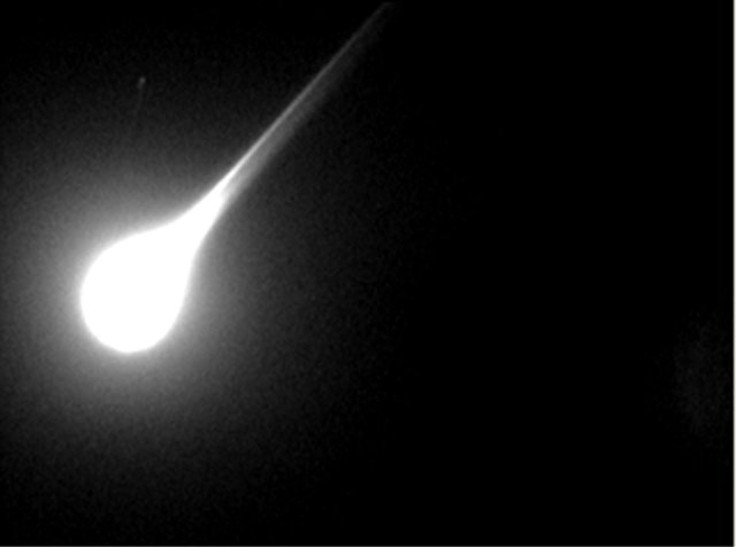Fireball Meteoroid Grazes Earth’s Atmosphere Before Returning To Space

KEY POINTS
- Scientists confirmed that a meteoroid previously hit Earth's atmosphere
- The meteoroid turned into a huge fireball that traveled over 800 miles
- The space rock was hurled away from Earth and returned to space
Scientists confirmed that Earth was hit by a meteoroid that turned into a grazing fireball. But instead of disintegrating in Earth’s atmosphere, the cosmic debris bounced off and returned to interplanetary space.
The rare event occurred in July 2017 and was observed using the Desert Fireball Network, which is a series of cameras in Australia that observe fireball events caused by meteors. After analyzing the data collected by the network, space scientist Patrick Shober of Curtin University in Australia confirmed that the fiery object that appeared in the sky two years ago was caused by a meteoroid, Phys.org reported.
According to Shober, the fireball grazed the atmosphere at a speed of over 35,000 miles per hour. As it grazed the atmosphere, it burnt up and produced a fiery trail that spanned over 800 miles long.
Shober noted that the entire event lasted for about 90 seconds. During the meteoroid’s flight, it traveled through the atmosphere within a depth of 36 miles. As the space rock went through the atmosphere, it began to slow down to just about 20 miles per hour.
Through the data gathered by Shober and his colleagues, they noted that the object may have originated from the asteroid belt between Jupiter and Mars. They estimated that it was 12 inches wide and weighed around 132 pounds.
Unlike most meteoroids that eventually disintegrate in Earth’s atmosphere, the fireball that appeared in 2017 was able to break free. It is possible that this occurred due to the angle of the meteoroid as it approached Earth.
According to Shober, it received a boost from Earth due to a gravitational slingshot, which is the same natural phenomenon that space agencies use to hurl probes beyond the other planets within the Solar System.
Through the additional thrust that the space rock received from Earth, it was able to return to planetary space. Scientists believe that the space rock will remain in orbit for about 200,000 years before exiting the Solar System.
The findings of Shober and his team regarding the grazing fireball were presented in a new study that has been submitted for review and publication through arXiv.org.
© Copyright IBTimes 2025. All rights reserved.





















